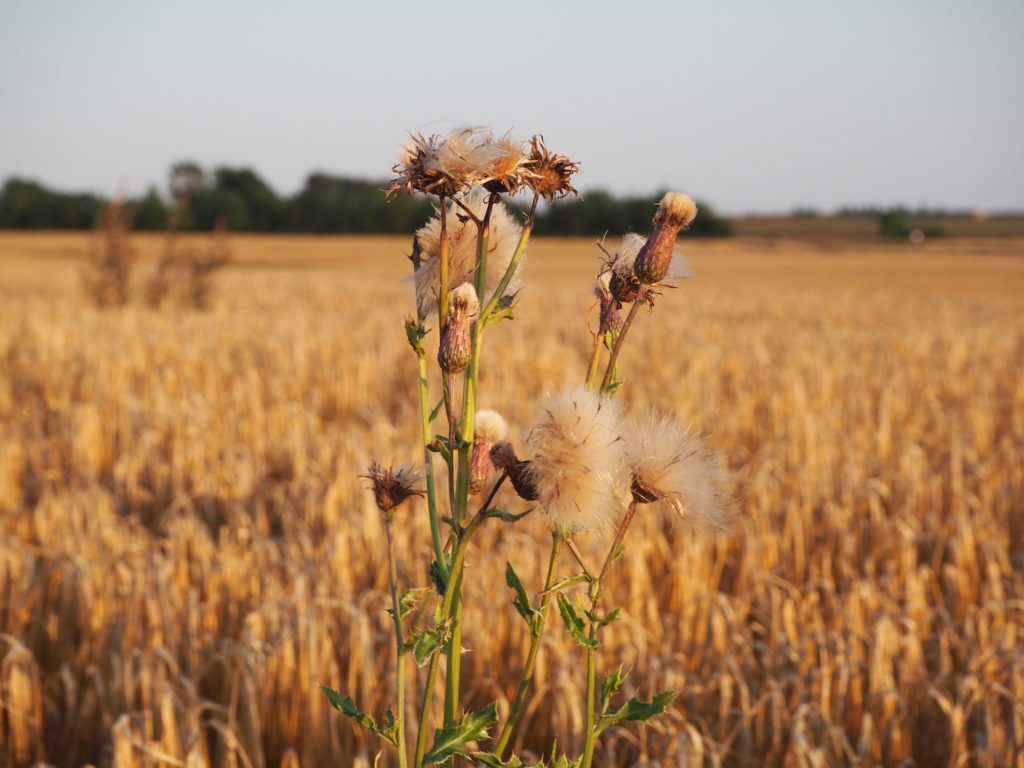Gastropod looks at food through the lens of science and history.
Co-hosts Cynthia Graber and Nicola Twilley serve up a brand new episode every two weeks.
Co-hosts Cynthia Graber and Nicola Twilley serve up a brand new episode every two weeks.

The Beal Seed Experiment at Michigan State University is one of the longest running science experiments in the world. Frank Telewski is a professor of plant biology and only the seventh person to serve as the experiment's lead scientist since it began in 1879. Here's the paper he co-published after the last bottle was uncovered, back in 2000. Frank's since appointed three younger colleagues as successor caretakers, handing down the secret map of the location where the bottles are buried to plant scientists David Lowry, Lars Brudvig, and Marjorie Weber. Marjorie, whom we also interviewed for this episode, was the lucky one who uncovered this year’s bottle. Mark your calendars now for 2041, when the next bottle will be unearthed...
Photos by Derrick L. Turner/Michigan State University
Richard Mabey is one of Britain’s most prolific and admired nature writers, with more than forty books to his name. He is the author of Weeds: In Defense of Nature's Most Unloved Plants, a deeply enjoyable meander through the awe-inspiring ingenuity of weeds, and our doomed yet eternal battle to control them.
This episode of Gastropod was supported by a generous grant from the Alfred P. Sloan Foundation for the Public Understanding of Science, Technology, and Economics. Check out the other books, movies, shows, podcasts, and more that they support here.
Click here for a transcript of the show. Please note that the transcript is provided as a courtesy and may contain errors.